‘A necessary measure’: Second Jeju flight makes emergency landing
Another Jeju flight has been forced to make an emergency landing due to an issue with its landing gear.
Another Jeju flight has been forced to make an emergency landing due to an issue with its landing gear – just one day after the fatal Muan crash, which killed 179 people on-board.
Jeju Air Flight 7C101 departed from Gimpo International Airport at 6.37am local time, but was forced to return shortly after takeoff after a “mechanical defect” was found with the landing gear.
South Korean news outlet Yonhap reported the 161 passengers were told about the defect before landing safely at Gimpo Airport.
Passengers were transferred to a replacement aircraft before taking off again.
In a statement, Jeju Air apologised for the issue.
“The return flight was a necessary measure for safe operation,“ they said.
“We apologise for the inconvenience caused to the passengers on board.”
The scare comes after a horrific fatal crash at Muan International Airport on Sunday, which left just two survivors out of the 181 on-board.
In footage captured of the crash, Jeju Air flight 7C 2216 can be seen skidding along the runway on its belly without landing gear before crashing into a wall and bursting into a ball of flames.
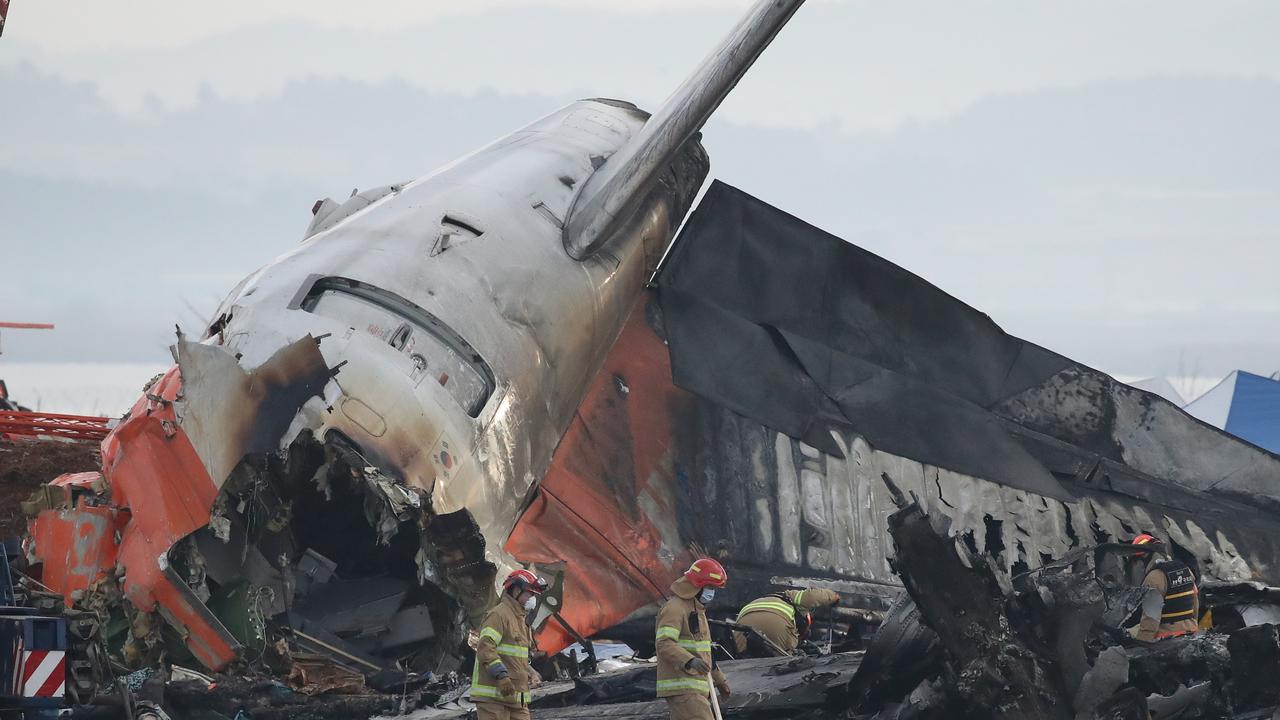
The crash marks the deadliest aviation disaster in South Korea since 1997, when a Korean Airlines flight crashed in the Guam jungle, killing 228 on-board.
On Monday, Acting South Korean president Choi Sang-mok said he was “heartbroken” by the Muan crash.
“To the honourable citizens of our nation, as an acting president, my heart aches as we face this unforeseen tragedy amid recent economic hardships,” he said while presiding over a disaster control meeting in Seoul.
“We will transparently disclose the progress of the investigation into the accident, even before the final results are released, and keep the bereaved families informed.”
Bird strike theory
As investigators work to determine what went wrong with flight 7C 2216, South Korea’s transport ministry revealed that air traffic controllers issued a “bird strike” warning just three minutes the crash.
Footage has also since emerged showing what appears to be a bird being sucked into the plane before the crash.
However questions around the bird strike, as well as the apparent absence of landing gear and the timing of the twin-engine Boeing 737-800’s belly landing at Muan can’t be answered.
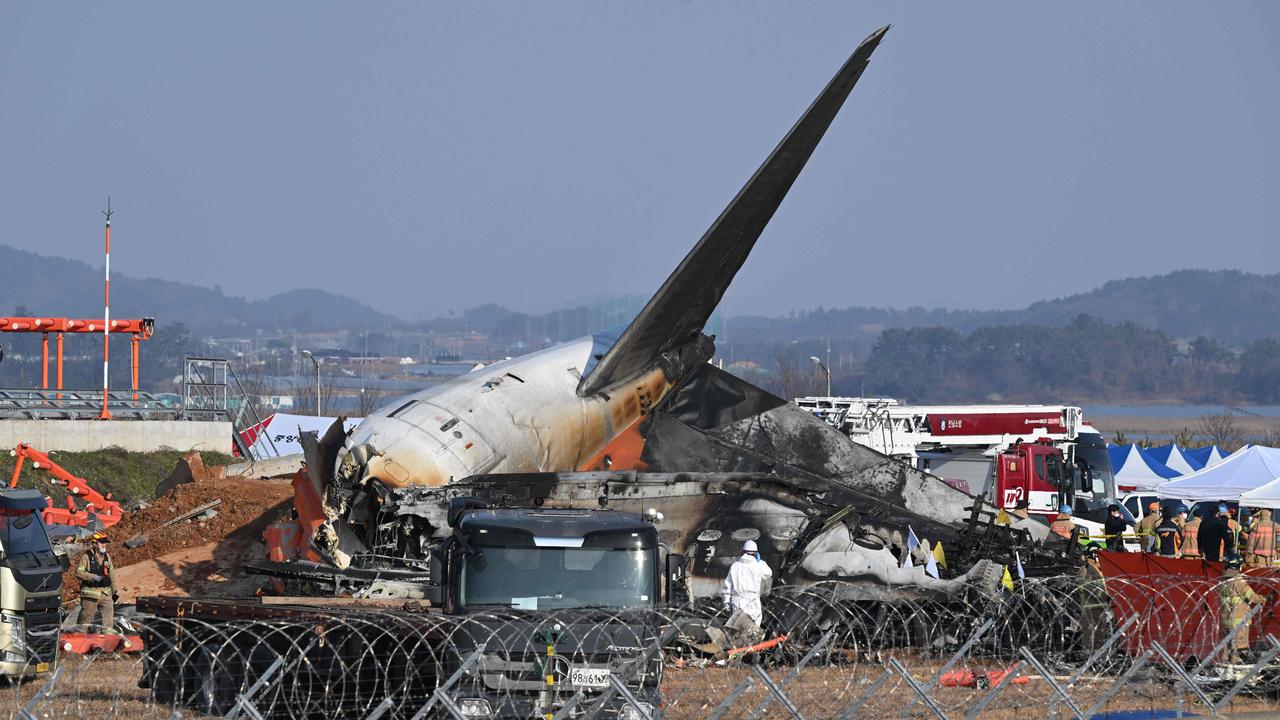
Australian airline safety expert Geoffrey Dell told Reuters: “I’ve never seen a bird strike prevent the landing gear from being extended.”
Geoffrey Thomas, an aviation expert and editor of Airline News, told the BBC: “A lot of things about this tragedy don’t make sense.”
He also told Reuters: “Typically they [bird strike] don’t cause the loss of an aeroplane by themselves,” Mr Thomas told Reuters.
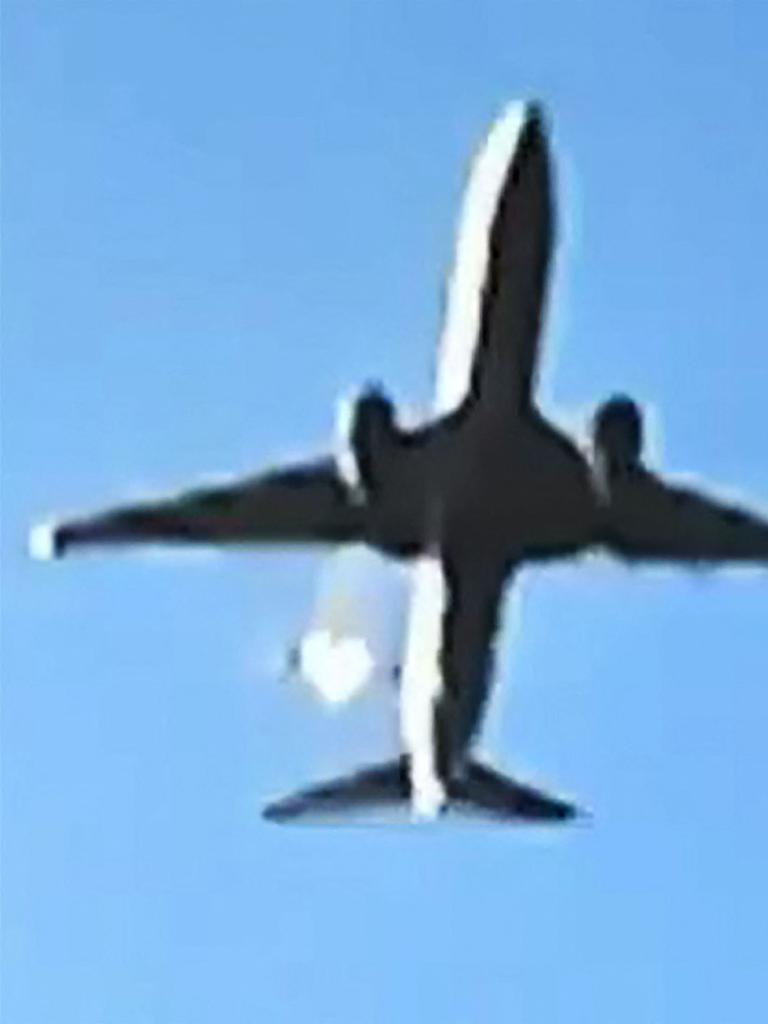
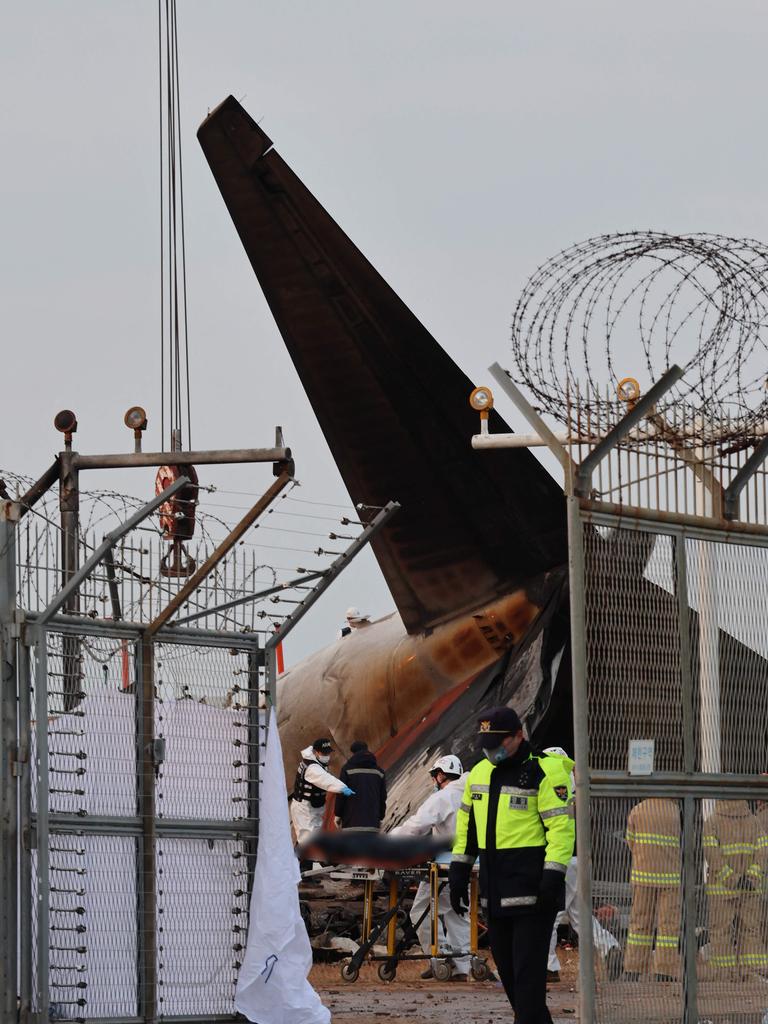
“While attempting to land on runway No. 1, the control tower issued a bird strike warning and the pilot declared mayday shortly after,” the ministry said.
Experts are also looking into whether bad weather also played a role in the crash – with the investigation expected to take years.
Bird strikes are very common, however, very rarely have a major effect on the aircraft.
The ministry was quick to shut down suggestion that the wall at the end of the runway contributed to the crash.
“The Boeing 737-800 aircraft that crashed today can land on runways that are 1,500m to 1,600m long,” a ministry official said.
“It’s difficult to attribute the accident to the length of the runway because other planes have been landing with no problems.”
The plane was returning to South Korea from Bangkok with most of the passengers believed to be Koreans, except for two Thai nationals.
South Korea orders air safety probe
Seoul said on Monday it would conduct a special inspection
of all 101 Boeing 737-800s in operation in the country, with US investigators,
possibly including from the beleaguered plane manufacturer Boeing, joining the
probe into the crash.
“We are reviewing plans to conduct a special inspection on B737-800
aircraft,” said Joo Jong-wan, head of the aviation policy bureau at South
Korea’s transport ministry.
South Korea has a solid air safety record and both black boxes from
Flight 2216 -- the flight data recorder and the cockpit voice recorder -- have
been found.
Authorities speak to survivor
Two people on-board managed to survive the deadly crash – a female and a male crew member.
The pair were at the back of the wreckage and managed to be pulled out by fire crews.
One of the survivors – a 33-year-old flight attendant – has since woken up and is speaking with detectives, according to news agency Yonhap.
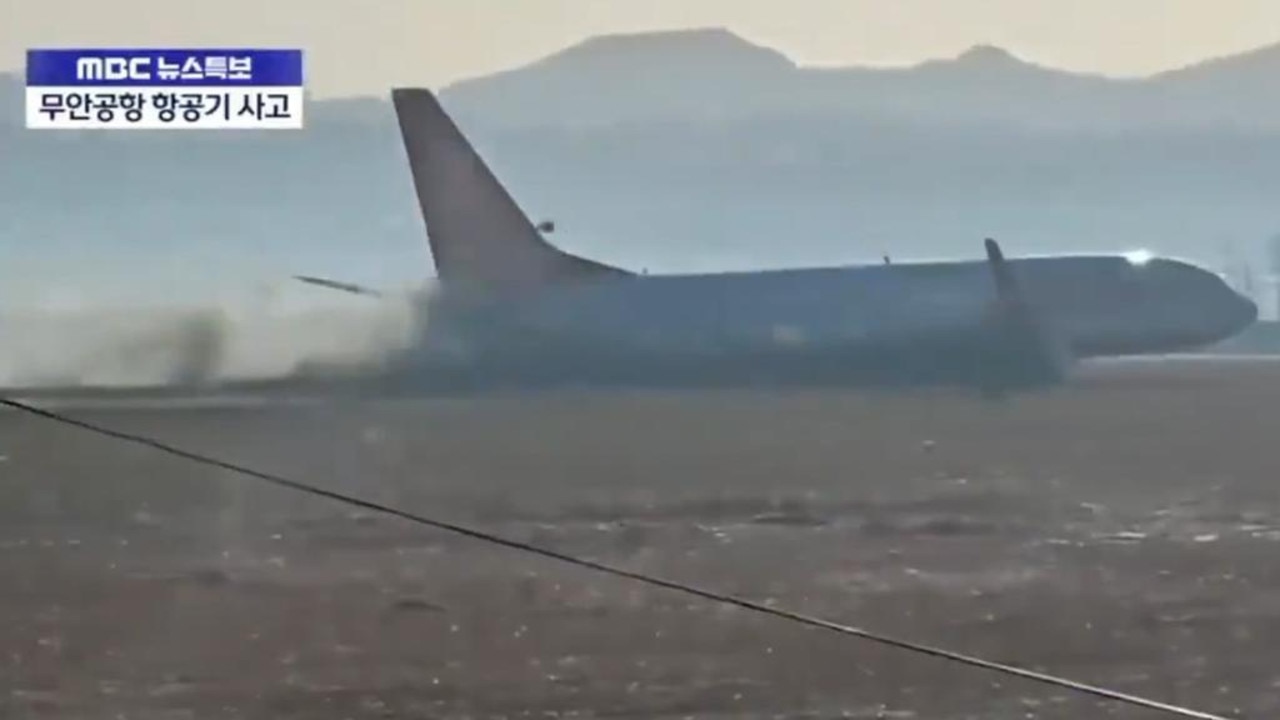
Hospital director Ju Woong said the man suffered fractures to his ribs, shoulder blade and upper spine.
The other survivor is in a separate hospital.
“He’s fully able to communicate,” Ju said.
“There’s no indication yet of memory loss or such.”
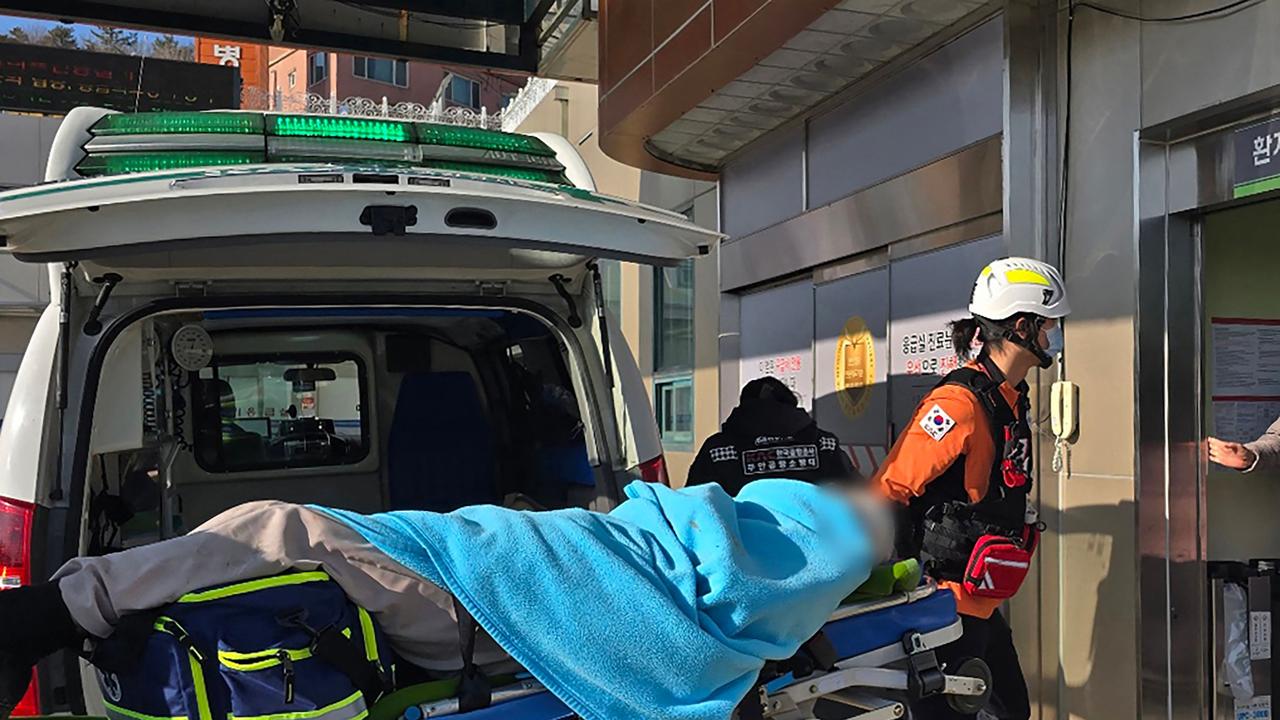
Both black boxes from the flight have since been recovered.
Texts to loved ones
It has since emerged that a passenger aboard the doomed flight texted a relative with a final message moments before the plane exploded.
The person wrote that a bird was stuck in the plane’s wing, according to News1 agency.
“Should I say my last words?” the passenger texted their relative, according to the outlet.
CEO responds to crash
Since the tragedy, Jeju Air CEO Kim Lee-bae has issued a public statement on the carrier’s website.
“First of all, I would like to bow my head and apologise to all those who have supported Jeju Air,” the statement, which has been translated from Korean to English, read.
“At approximately 9:03 AM on December 29, a fire broke out on Bangkok-Muan Flight 7C2216 at Muan International Airport while landing.
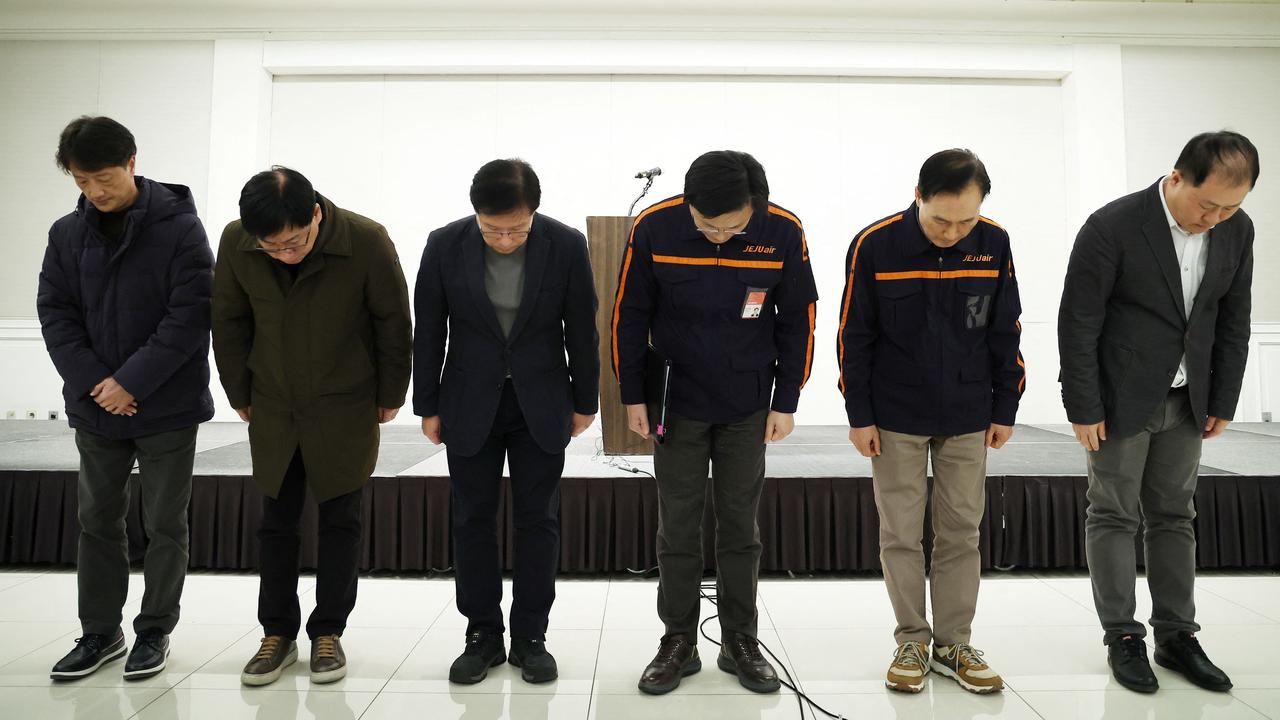
“Above all, I would like to express my deepest condolences and apologies to the passengers and their families who lost their lives in the accident.
“As of now, it is difficult to determine the cause of the accident, and we must wait for the official investigation announcement from the relevant government agencies.”
Mr Lee-bae said he felt “responsible” as CEO of the airline.
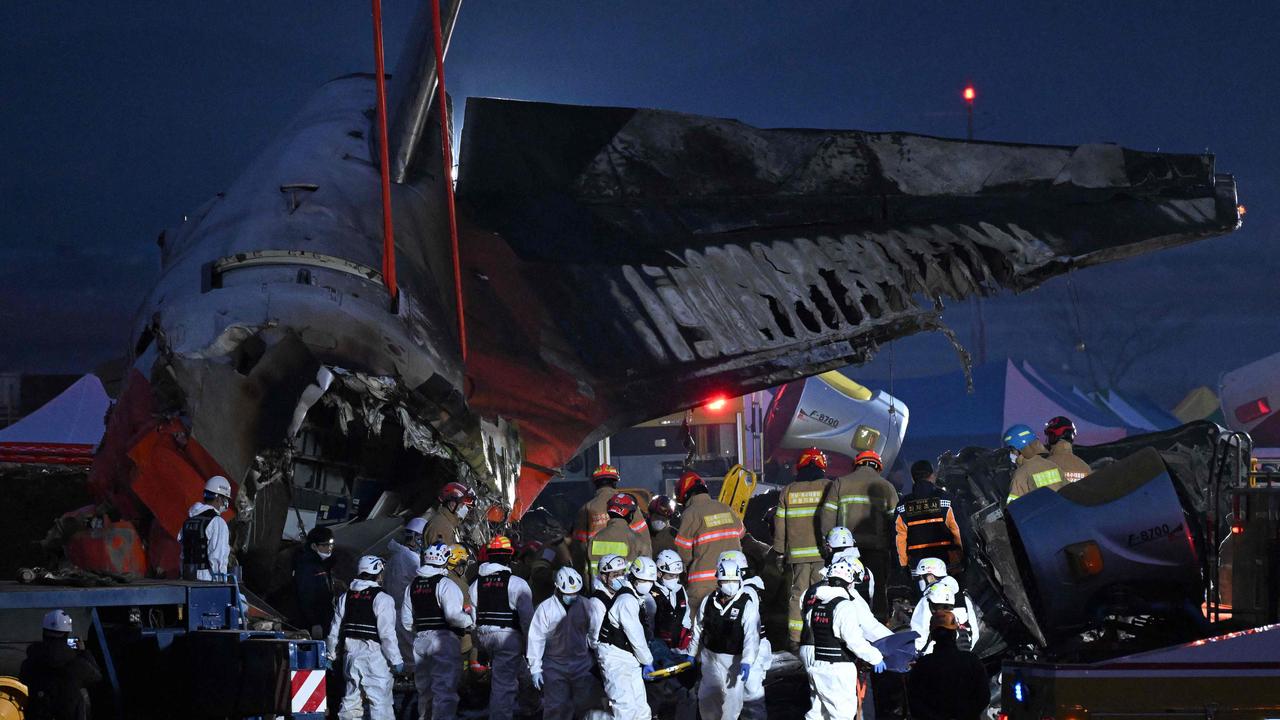
“Jeju Air will do everything it can to quickly recover from the accident and support the families of the passengers.
“We will also do our best to determine the cause of the accident together with the government.
“Once again, I pray for the souls of those who lost their lives in the accident and offer my deepest apologies to the bereaved families.”
Horrific week for aviation
The horrific news comes just days after 38 people were killed on a Azerbaijan Airlines flight that crashed in Kazakhstan on Christmas Day.
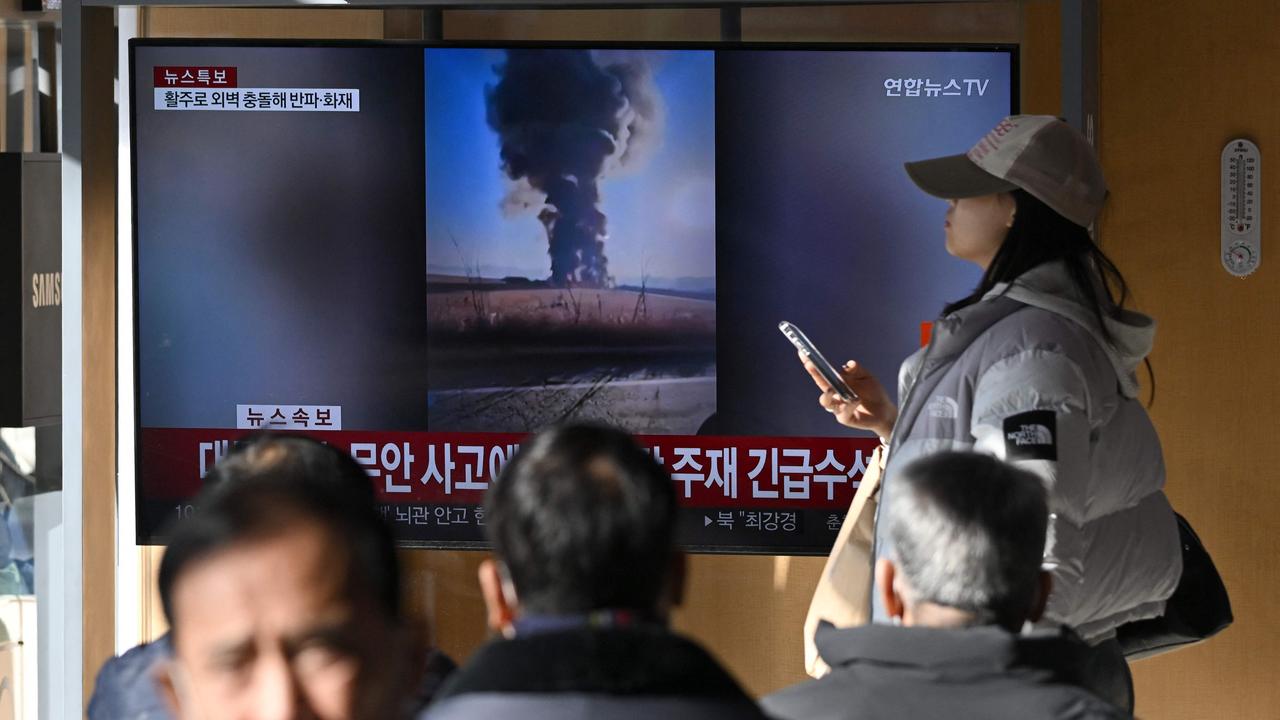
The jet was flying from Azerbaijan’s capital Baku, to Grozny in Chechnya, Russia, when it diverted from its route and tried to make an emergency landing near Aktau, in Kazakhstan’s southwest.
As it landed, it broke apart and erupted in flames.
Of the 67 people on board, 38 were killed and 29 survived, many with serious injuries.





